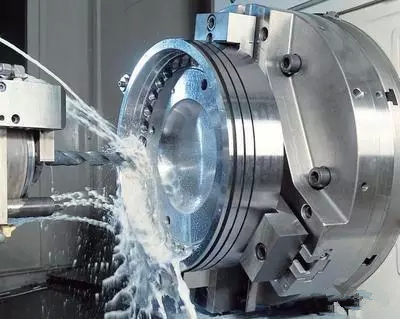Firstly, under the premise of aluminum material, the following aspects need to be considered:
1、 Force majeure factors:
1. The stability of the machine tool itself. If it is not a new machine tool or if the machine tool has undergone a large amount of processing without debugging, there may be dimensional errors caused by the machine tool itself. There are several factors that can cause errors in the machine tool itself:
Mechanical aspects:
a. Loose connection between servo motor and screw.
b. Worn ball screw bearings or nuts.
c. Insufficient lubrication between the screw and nut.
Electrical aspects:
a. Servo motor malfunction.
b. There is dirt inside the grating ruler.
c. Servo amplifier malfunction.
In terms of system parameters, PMC recovery can be performed, so it is omitted.
2. The workpiece undergoes cooling deformation after processing. This is basically unavoidable. Try to pay attention to the use of coolant during processing, and pay attention to the deformation of the workpiece after cooling during in situ measurement.

2、 Avoidable factors:
1. Processing technology
In fact, most of the actual processing errors are caused by unreasonable processing techniques. On the basis of ensuring basic processing techniques such as "roughening before precision, surface after hole, large surface before small surface" in milling CNC machining or "reducing clamping times and using combination fixtures as much as possible" in fixture use, the processing errors caused by iron filings on aluminum parts should be minimized as much as possible, because aluminum parts are very soft, The excluded iron filings can easily cause machining errors in aluminum parts. For example, in FANUC or Huazhong machining centers, it is recommended to use the G83 instruction when drilling deep holes, so that iron chips can be discharged instead of the G73 instruction.
2. Three cutting elements: cutting speed vc, feed rate f, cutting depth ap, and tool compensation
This aspect is really difficult to elaborate on. In simple terms, it means adjusting parameters to fully utilize the cutting performance of the tool while ensuring processing quality and tool wear, resulting in higher cutting efficiency and lower processing costs. In CNC lathes, there are also factors such as tool wear compensation.
3. Numerical calculation in manual programming and Automatic programming
In manual programming, calculation errors are also common, but now most production is Automatic programming.
4. Knife setting
Inaccurate tool alignment is also a factor that causes dimensional errors. Try to choose a good edge finder. If the machine tool has an automatic tool alignment device, it would be even better. If there is no edge finder... Try cutting, this is the operating experience.



